The Independent's journalism is supported by our readers. When you purchase through links on our site, we may earn commission. Why trust us?
As Lego launches braille bricks, here’s 11 toys for children who are blind or visually impaired
From sensory playing mats to Noah’s ark, these are must-haves for the toy box to help develop hand-eye coordination, social skills and communication
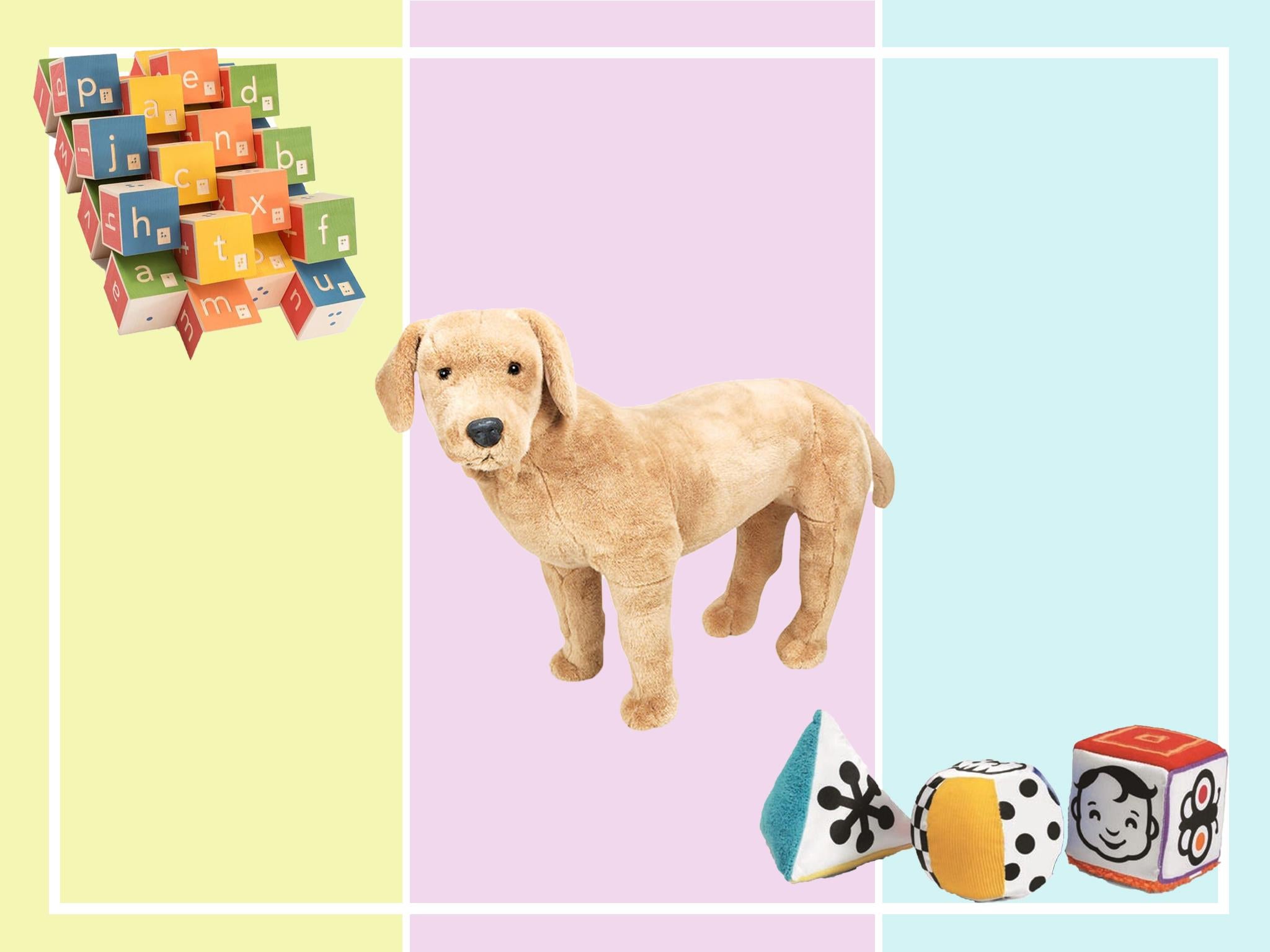
Many children learn a lot through the medium of play. But for visually impaired or blind children, it's not as easy as that. And with so many learning tools being online now, it's made even harder.
That's why Danish toy company Lego, recently unveiled its new plastic bricks featuring braille. They have been designed specifically for blind and visually impaired children to help them explore new ways to learn to read and write.
Lego began working on a pilot project to create braille bricks in April 2019, testing the product in different languages and following its success, the Lego Foundation and the Lego Group have made them available in Britain, Denmark, France Germany, Norway, Brazil and the US before being sold in an additional 13 countries early next year.
“With thousands of audio books and computer programmes on the market today, fewer young people are learning braille. Yet individuals with blindness or impaired vision all over the world rely on braille to work, study and enjoy their daily lives to the fullest,” the company said in a statement.
The new bricks have kept their shape but the studs on top will reflect individual letters and numbers in the braille alphabet.
David Clarke, director of services at the Royal National Institute of Blind People (RBNIB) said: “With these braille bricks, the Lego Foundation has created a totally new and engaging way for children with vision impairment to learn to read and write. Braille is an important tool, particularly for young people with vision impairment, and these cleverly designed bricks enable children to learn braille creatively while also engaging with their classmates in a fun and interactive way.”
According to the RNIB, there are more than 25,000 blind and partially sighted children aged 16 years and under in the UK.
Children’s toys do more than just keep them entertained, they’re also a way to develop their sensory and communication skills. For those who are blind or visually impaired, playtime can involve challenges that other kids don’t experience. Instead toys made specifically for blind or visually impaired children typically centre around sound, scent and tactility.
Blindess is defined as when a person has sight loss due to injury, disease or a genetic condition, while visual impairment is a decreasing ability to see that can’t be fixed with glasses.
Ahead, we’ve created a guide to the children’s toys to shop now, that are designed for those with sight loss, here are our favourite picks.
You can trust our independent round-ups. We may earn commission from some of the retailers, but we never allow this to influence selections. This revenue helps us to fund journalism across The Independent.
Toys for small children and babies
The RNIB recommends looking for toys that have interesting textures and tactile variety that can help a child distinguish between different materials. In younger children, it will also get them interested in exploring their surroundings through touch rather than sight, and help them feel comfortable when playing with new toys and objects.
It recommends these Bright Starts shake & spin activity balls (Hamleys, £8) that are a mix of colours, textures and sounds, including a rattle, spinner and clicker.
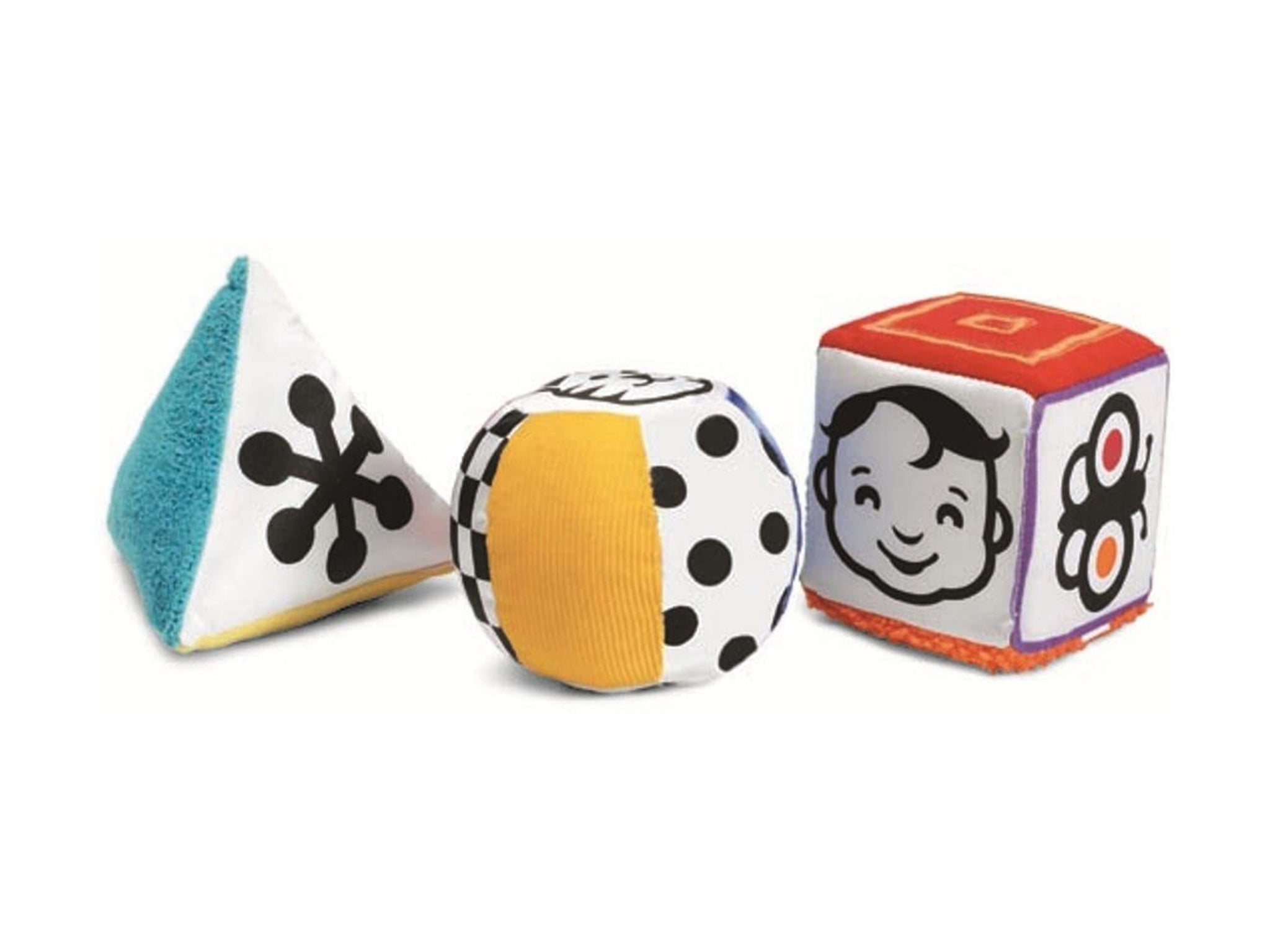
They’re small but stimulating and will also help younger children strengthen their hand-eye coordination and small finger movements.
This Manhattan Toy Wimmer Ferguson crawl and discover mat (Amazon, £33.69) is also ideal to get them crawling.

It’s multi-sensory with graphics, hidden crinkly paper, a removable mirror for self-discovery and rings that clack together.
According to the RNIB, toys which encourage awareness of cause and effect through touch, i.e. “when I press here, something happens” can be beneficial for children with sight loss.
Creative play
For toddlers and older, creative play provides the opportunity for your child to express their ideas and thoughts through a medium such as music, painting or modelling, especially if they''re not at an age where they can verbalise their thoughts.
With musical instruments, it's also a way for them to find enjoyment and sensory stimulation by learning tunes without the need to have to look at sheet music, so they can still feel just as involved as other children.
If you have the floor space, this Fao Schwarz piano mat (Selfridges, £60) is an easy introduction to music, and much cheaper than buying the real thing.
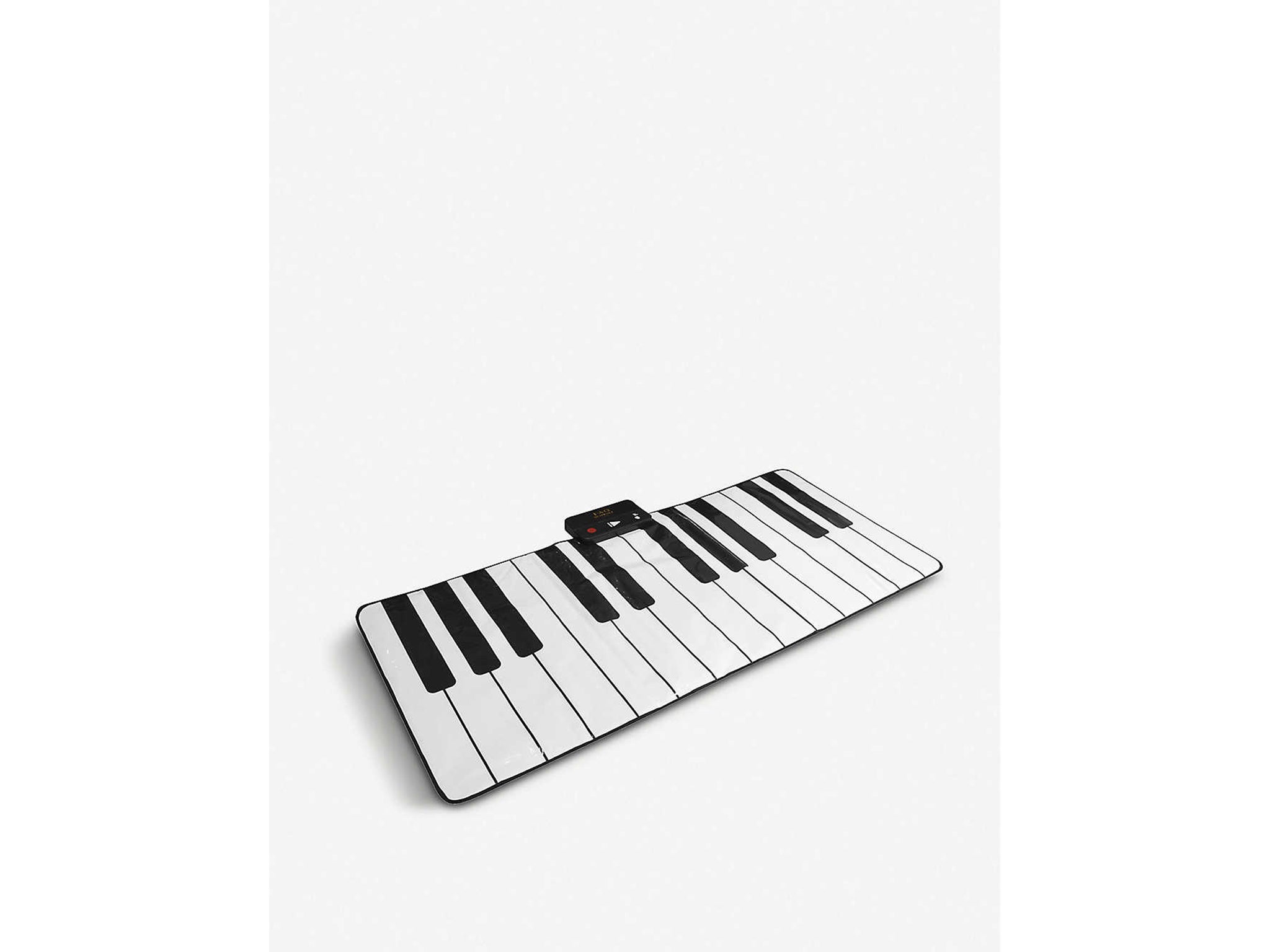
Programmed with five different classical songs, you can get them playing with sounds and get active.
Or try these rainbow hand bells (Educational Toys, £24.99) that come in a case making it easy to bring with you on holiday, trips to the grandparents and in the car.
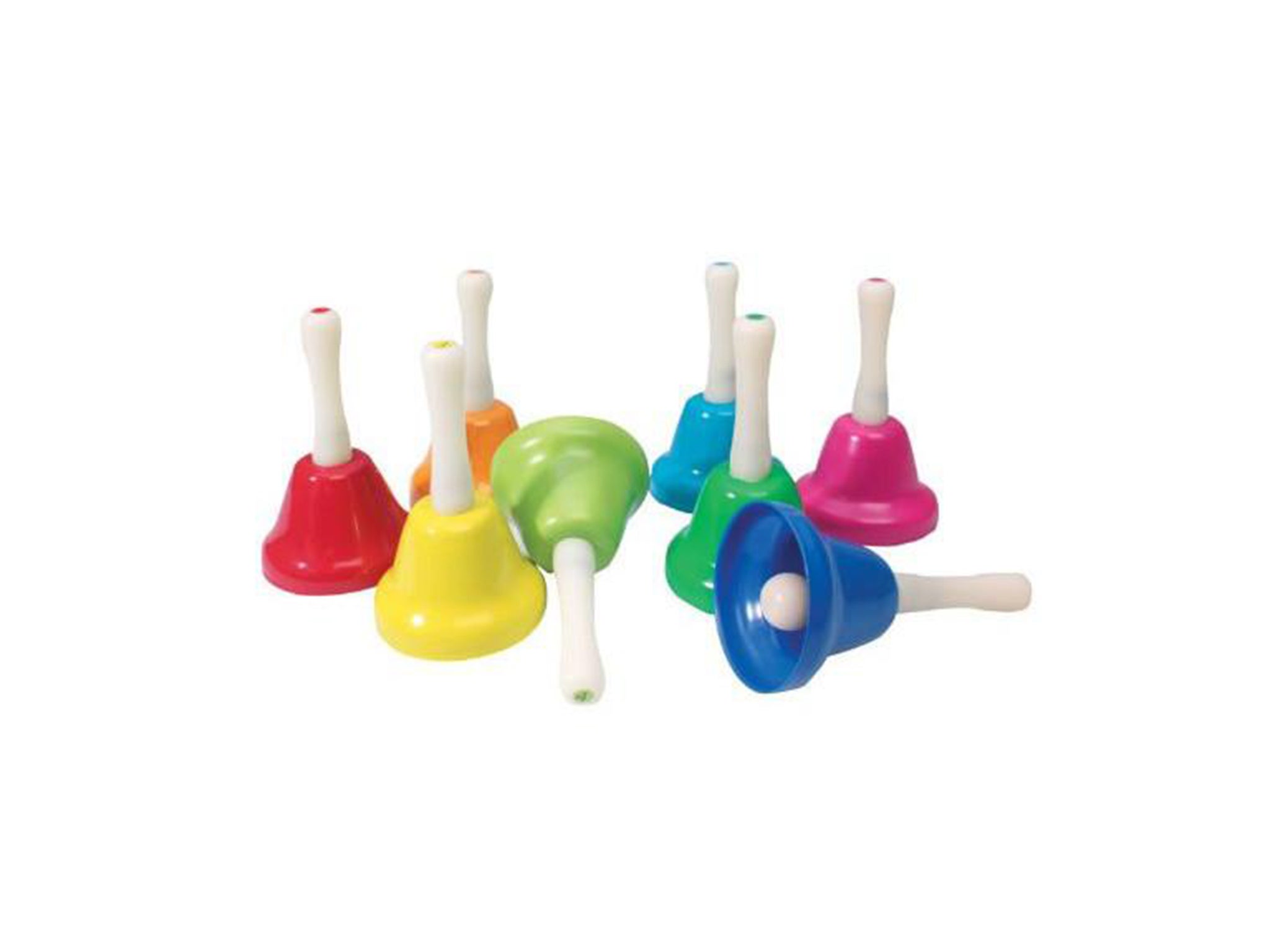
There are eight bells, each ringing a different note and a song sheet with four nursery rhymes and colour-coded instructions.
Imaginative play
Through toys that mimic real-life scenarios such as the supermarket or cooking, children can practice daily routines and become familiar with everyday activities that can help them navigate real-life scenarios.
It will also help them get a feel for commonplace objects such as glasses, cups and plates to make them more comfortable figuring what something is by touch alone.
We’d recommend this Star Beans coffee shop (Great Little Trading Company, £57.80) that’s made entirely from wood. The less plastic the better, we say.
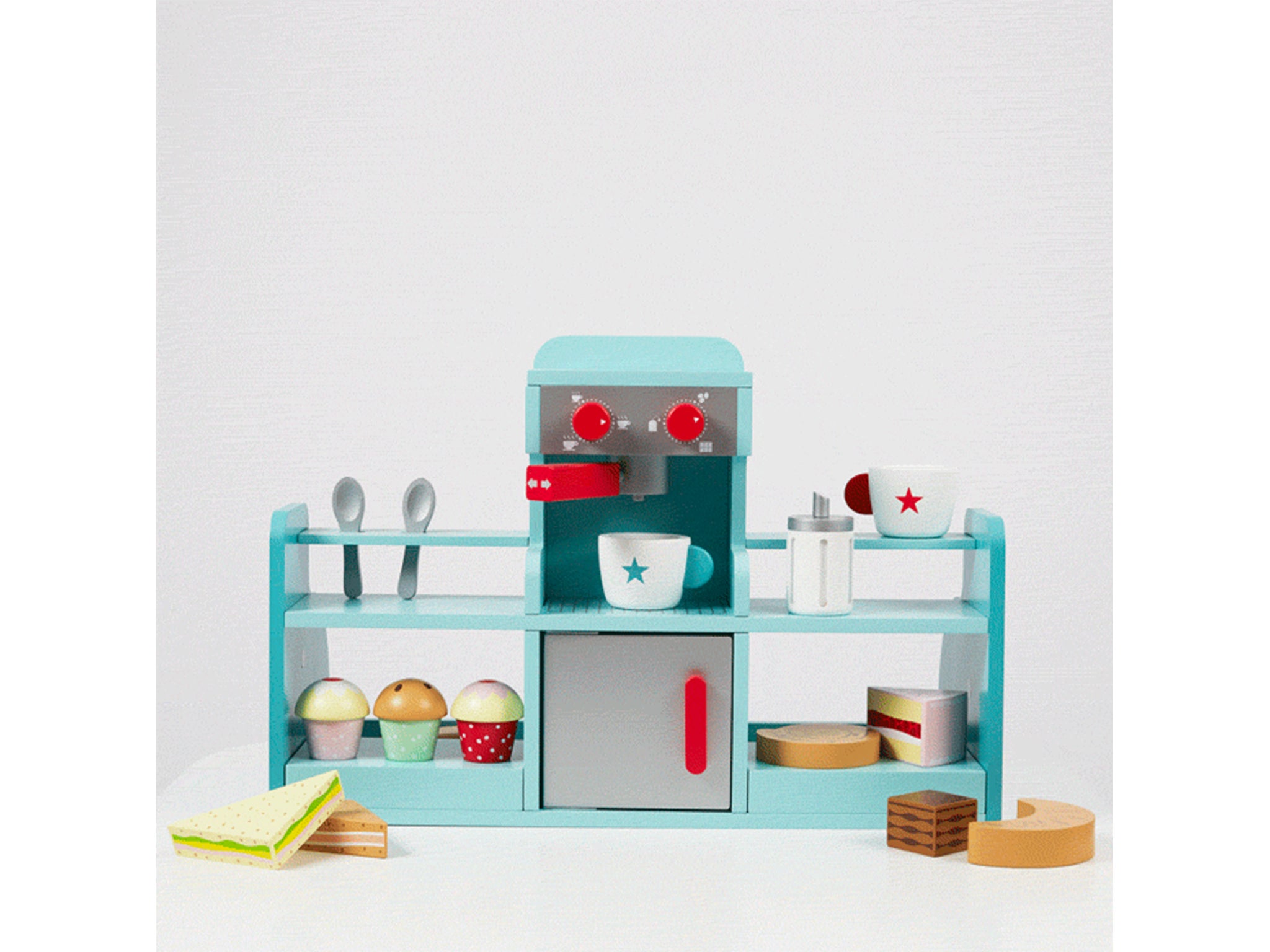
It comes with 17 accessories, ranging from coffee cups and cakes to spoons and sandwiches.
This My Take Along 1.2.3 Noah´s ark (Playmobil, £29.99) is a fun way to teach them about different animals, learning the shapes, sizes and names ahead of starting school.
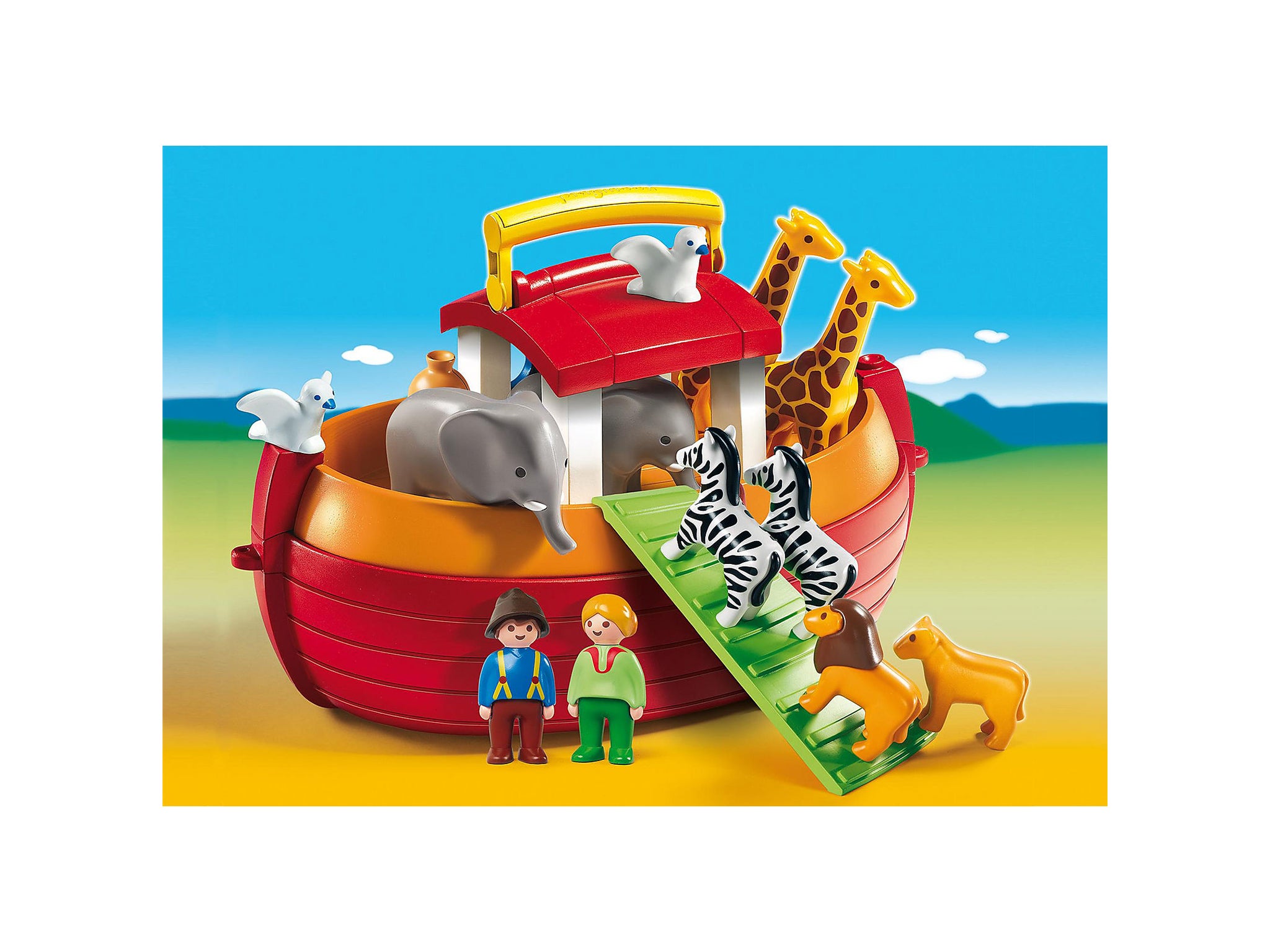
It's a varied mix of species too, with a man, woman, two elephants, two doves, two giraffes, two zebras, one lion and one lioness, a feeding trough, ramp, bag and driving ark.
Construction play
Building blocks, structures and miniature versions of a building can help children discover their strength, balance and logical thinking.
It can also help them identify shapes using their hands, and problem-solve by figuring out which blocks fit where and understand the sounds to look out for to know when one block is successfully on top of another.
These Learning Resources snap cubes set of 100 (Learning Resources, £9.50) can be used for both learning numbers and teaching math but also building Tetris like structures and learning colours.

They make a distinct click sound when slotted together too, so children won’t just be reliant on sight to play with them.
Or to introduce braille to your child early on, these Uncle Goose braille ABC blocks (Amazon, £30.61) are ideal at getting them familiar with the braille alphabet.
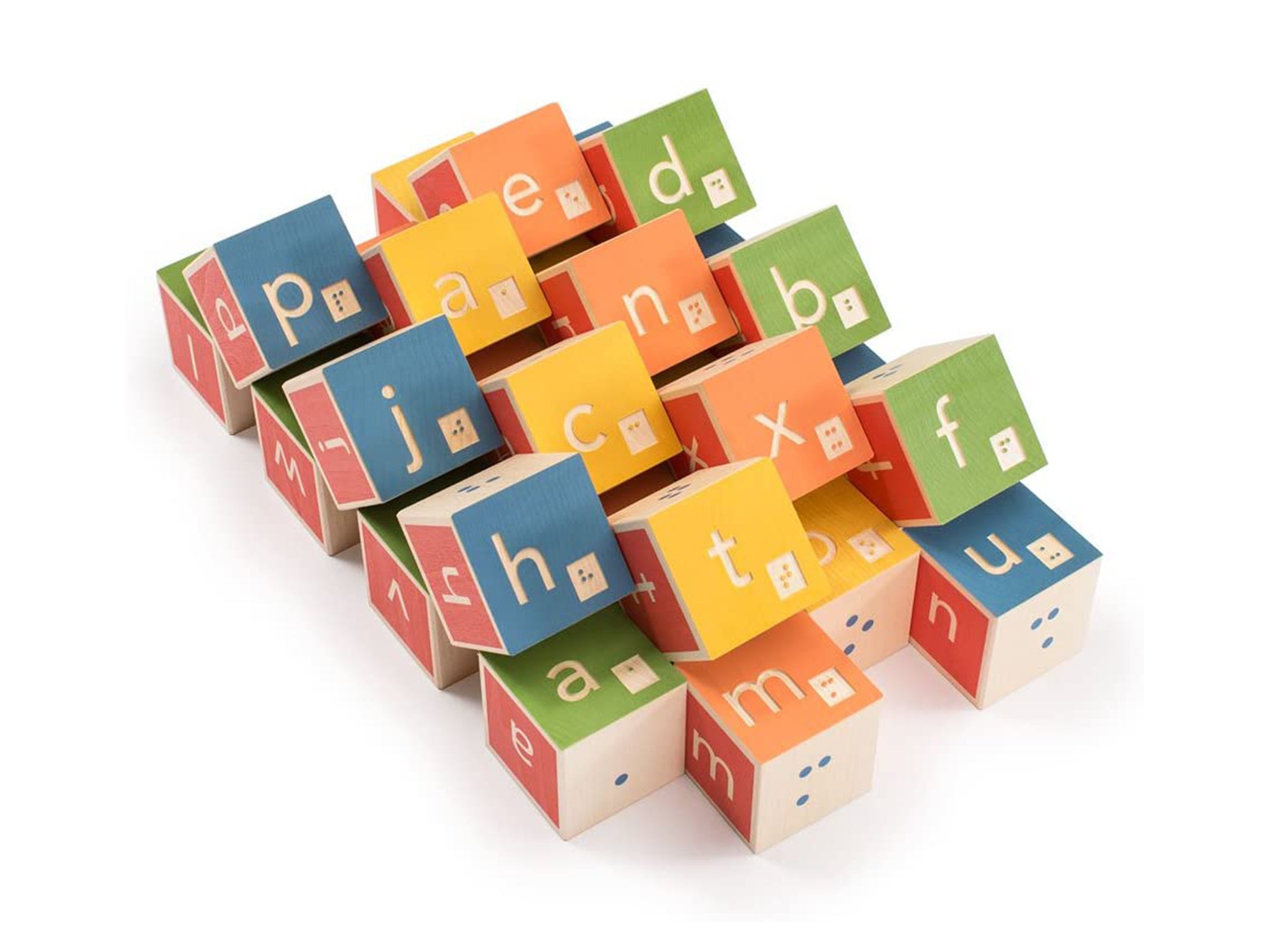
Made from wood and painted using non-toxic ink, they’re an excellent way to help kids get to grips with learning letters one at a time.
The RNIB recommends giant lego, like this Edushape edublocks construction toy 50 pcs (Amazon, £149.99) if the smaller bricks are too fiddly.
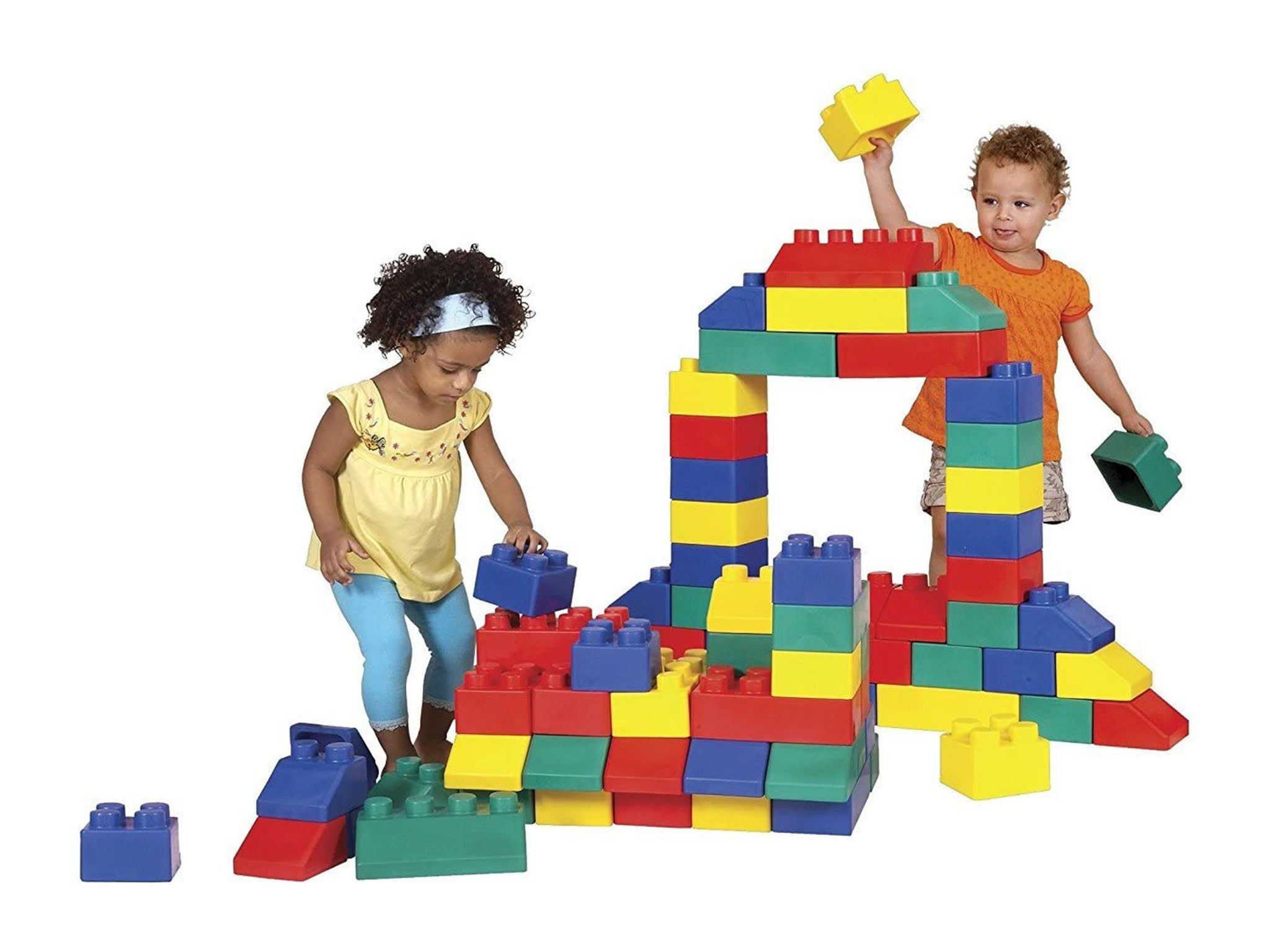
They will improve their motor skills and ability to identify colours.
Each block is soft and washable that can be easily stacked to create a fort, tower or anything else that captures their imagination.
Representative and social play
As those with sight loss are in the minority, adding toys that reflect their experience can play an important part in their self-esteem, build social skills and understanding of how to live with visual impairments and blindness.
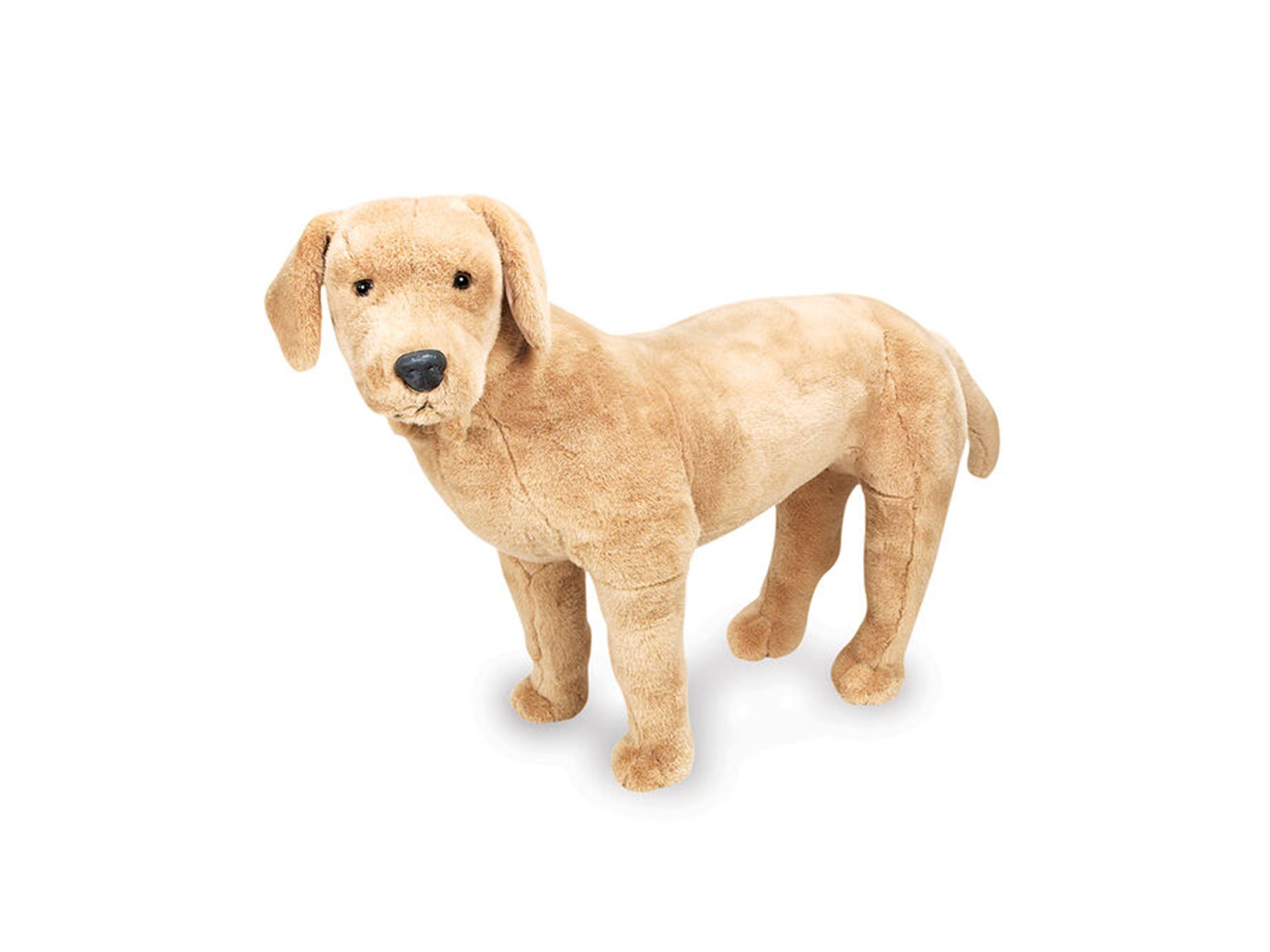
Having a guide dog may be something in their future so one way to get them accustomed to being around an animal is with a toy such as this Melissa and Doug yellow lab plush (Rogate Primary School, £39.96).
Standing at just over two feet tall, it’s an almost life-size cuddly toy that you can clean with a damp cloth
It’ll also much easier too look after than the real thing.
There's plenty of dolls to play with too such as this Lottie rockabilly doll (Amazon, £18.98) whose body is based on a nine-year-old girl, so doesn’t have make-up or jewellery as typically seen on Barbies
But the main feature of this toy is that she has glasses, so children can see themselves in the toy too.
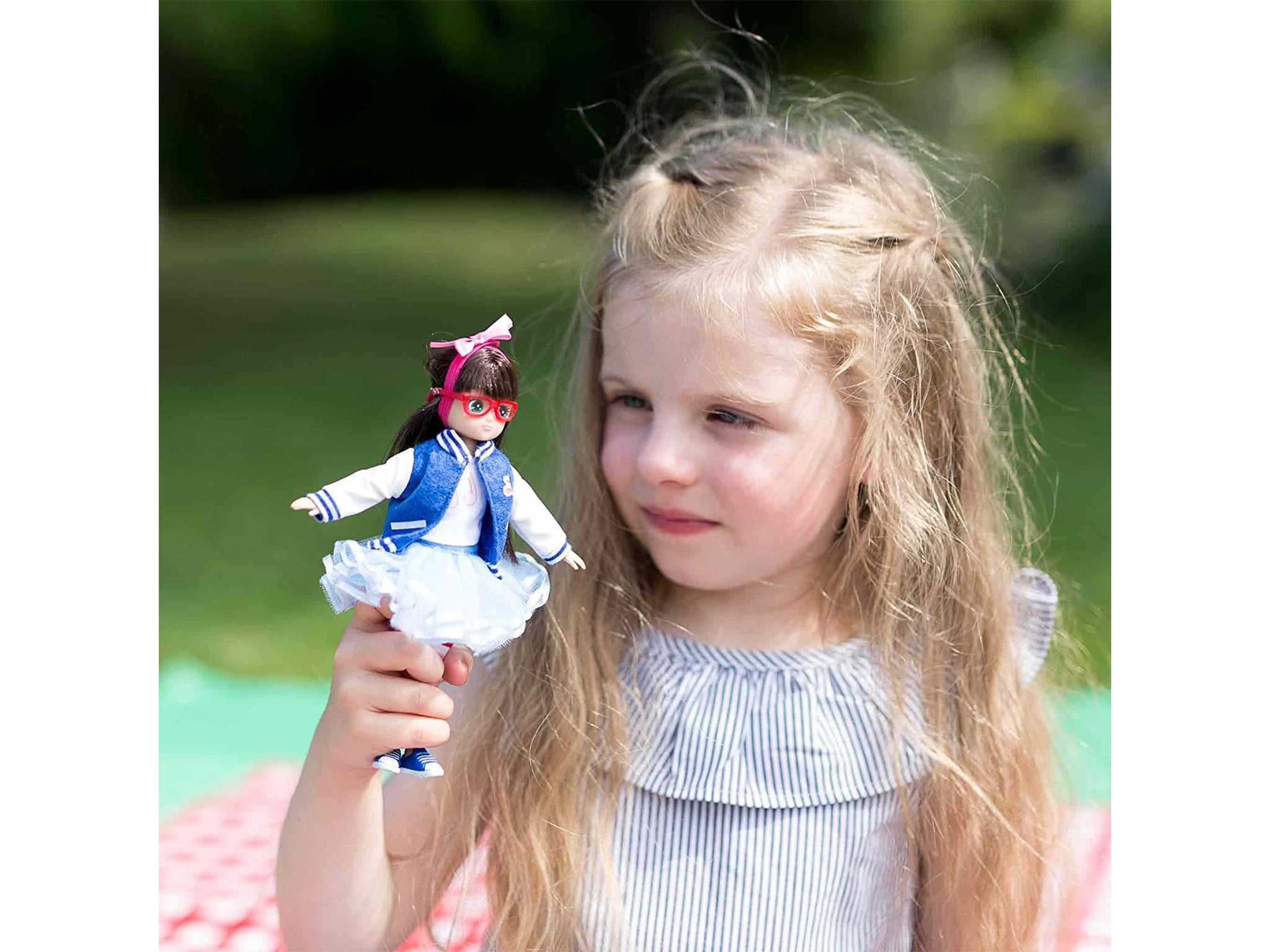
She has a lavish wardrobe featuring a vintage-style varsity jacket, tutu and retro-style cat-eye glasses that can help a young child get used to wearing their own specs.